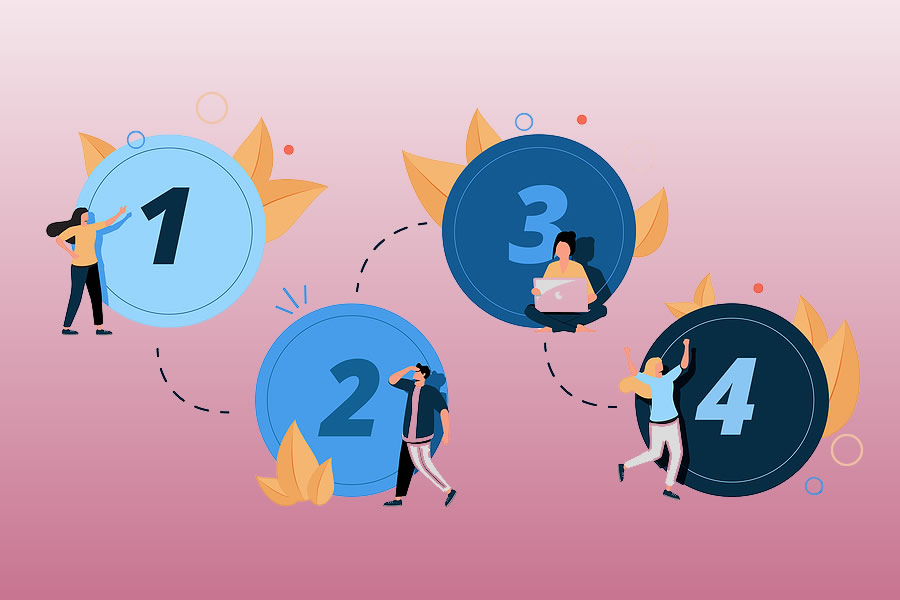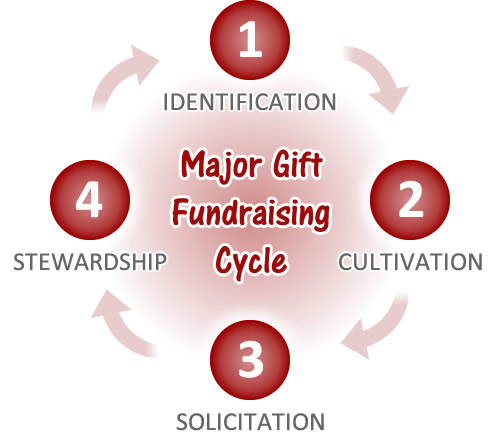
Recently I presented a webinar on how to raise major gifts during a pandemic. With nearly 500 people on the call, there was a wide range of experience and expertise among participants.
And yet, after teaching major gift fundraising for more than a decade, people of all experience levels are most grateful when I review the fundamentals. This time was no different.
Fundraising Fundamentals: Getting Back to Basics
People of all stripes in the fundraising sector rely on the basics to get their work done. The webinars I do and talks I give always reinforce this simple fact.
Case in point — there was a time when I was giving a full-day seminar (back when we were in person) on the basics of raising major gifts. I was mildly alarmed when I learned there were three hospital foundation fundraisers in the audience who were in the middle of a capital campaign. What were they were doing at such a “beginners” workshop?
At the end of the day, they came up to me and told me how grateful they were for the seminar because it reminded them to get back to what they should be doing and gave them confidence that they were, indeed, on the right track.
So regardless of how long you’ve been fundraising or how much money you raise, it’s nice to revisit the fundamentals to see how far you’ve come and/or to gain a boost in your confidence.
Not only that, whenever I speak to any group, of any size, on virtually any topic, there’s one thing that remains constant:
Fundraisers aren’t asking nearly as often as they should.
So consider this your reminder to ask, ask, ask.
If you’re not asking, you’re not fundraising.
And I don’t mean en masse. We’re not talking about bulk mail, mass email, social media, crowd fundraising, or anything of the sort.
My definition of a major gift is asking an individual (or a couple) for a specific amount of money to be used for a specific purpose in a personal way.
Which brings us to the fundraising cycle.
Fundraising Cycle: 4 Steps to Raise Major Gifts
The fundraising cycle is the foundation of fundraising. This basic framework includes four steps, and you should be spending adequate time and resources on each one. Let’s review them.

Step 1: Donor Identification — Largest and Most Loyal
In order to raise major gifts, you want to identify the best potential donors for your organization. Start with your existing donors. Many fundraisers believe major donors are somehow “out there” but more often than not, they are already in your community of supporters. Look inside your organization and within your existing donor base to identify people who would like to have an even bigger impact.
Begin by pulling lists of your largest and most loyal donors. Do some basic research (Google search and asking others who know them) about their potential to support the organization in even more significant ways.
Then you’ll want to narrow your list to a manageable number of people. I recommend starting with a list of 20 people you would like to cultivate and solicit in the coming months. You can always add to your list once you’ve gotten a handle on the process. A larger list of 100 or more people often leads to “analysis paralysis”. It’s better to raise money from a smaller list than from no one on a long list.
Step 2: Cultivation — Relationship Building
Once you’ve narrowed the list of people you will focus on for now to around 20 people, you will want to create a thoughtful and strategic plan to build relationships with each person on your list.
When we talk about cultivation or relationship building in fundraising, we mean the relationship between a donor and an organization. If a relationship is limited to one person at your organization (like the Executive Director), when that person leaves, the relationship often follows.
You want donors to feel loyal to the organization, mission, and cause — no matter who is at the helm. Of course, fundraising is also about trust, so donors need to have faith in the leaders of your organization.
Relationship building is a two-way endeavor. It’s not simply educating the donor about your programs and services, but also getting to know your donor’s interests and passions. If you don’t know why they care about your organization, you’re not ready to ask for a gift.
Step 3: Solicitation — AKA Asking
Once you have a handle on why a donor would want to support your mission, it’s time to ask. Asking should be done in a private, one-on-one, setting (if you’re asking a couple, that works too). These days, asks can be made in-person, over video chat, or even on the phone. Major gift solicitations should not be made in a group setting.
Donors should be asked for a specific amount. They should also understand how their gift will be used and what kind of impact they will have. You might say something like:
I would like to ask you to help keep one child safe [the impact they’ll have] by considering a gift of $5,000 [a specific amount] to support our after-school program [what they will be funding].
After you ask for a gift, it’s time for the donor to respond. Your job is to keep quiet and let them respond — no matter how long it takes.
Step 4: Stewardship — Gratitude and Follow up
This fourth and final step of the fundraising cycle is perhaps the most important. If you skip this step or don’t do it effectively, it will impact future giving from that donor.
You’ll want to make sure your donor feels thanked and understands how their gift made a difference to your organization.
For every major gift to your organization:
- Have a board member call to thank the donor.
- Ensure the Executive Director writes a thoughtful and personal note (if you can swap out one donor’s name for another donor’s name, the note isn’t personal).
- Have the person who did the asking follow up with an in-person thank you visit a few weeks or months after the gift is made.
This will ensure future gifts for years to come.
Got the Basics Down? Then Challenge Yourself!
This post reinforces the basics of major gift fundraising. And if you’ve been reading it and saying to yourself, “Yes, yes — I know this,” then it sounds like you’ve already got the basics down pat. In other words, you’re ready to master these skills.
Become a MASTER Major Gift Fundraiser
Unless you’re completely new to my work or you’ve been living under a rock, you’ve likely heard of my elite program for mastering the art of major gift fundraising — Mastering Major Gifts. This program gives you the ongoing support of experts and colleagues to learn from, collaborate, and celebrate with. And it’s helping a lot of fundraisers go the distance.
So if you’re ready to level up your fundraising, check out the program. It might be just what you’ve been looking for:
Best of all, raising just one major gift can more than cover the cost of the program for a year or more. The return on investment can’t be beat. 😉

Real great steps.
Thanks
Really insightful